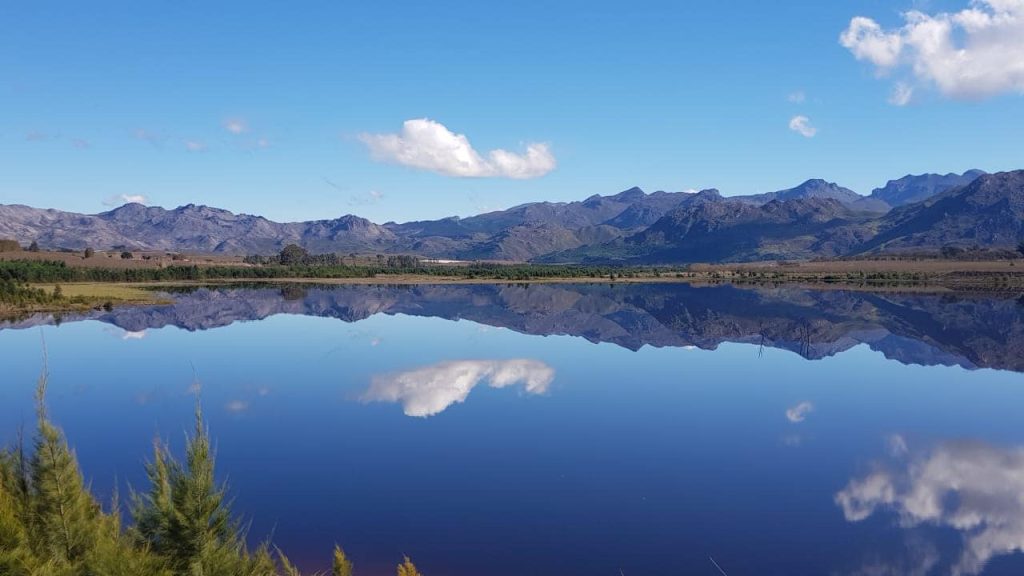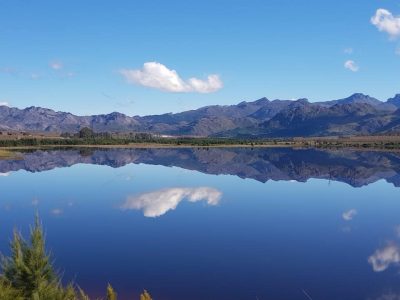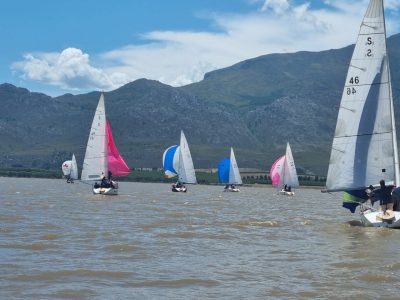
Theewaterskloof Dam – The largest dam in the Western Cape, officially completed and opened on the 24 April 1982, is a crucial reservoir for Cape Town and provides water for farmers during the dry months.
The concept of a storage dam started way back in 1952, after serious drought was experienced in the Western Cape, in 1964 the area for such a dam was identified. It would become known as the Riviersonderend Berg River Scheme.
This project was described as: ‘one of the most impressive civil engineering projects of the 1980’s‘
The Theewaterskloof dam is linked to Franschhoek’s Berg River dam by an 18km tunnel through the Franshhoek mountains. Both dams get their water from the Franschhoek mountains. A very interesting fact about the tunnel system, is that water can be transported both ways through the tunnel. If the Berg River dam has excess water, water can be diverted to the Theewaterskloof dam and visa versa.
More interesting facts about the dam:
Theewaterskloof dam is a conventional earthfill dam
The dam has a capacity of 483 million cubic metres of water when full.
When full, the water covers an area of 5 100 ha
The height above the lowest foundation: 37,5m
Spillway capacity: 390 m3/s
The Franschhoek tunnel is a reinforced concrete tunnel, it is 4,3m-diameter
The distance of the tunnel is 7,9km






